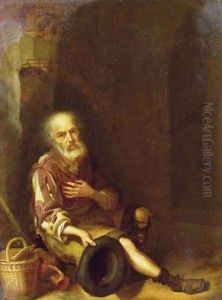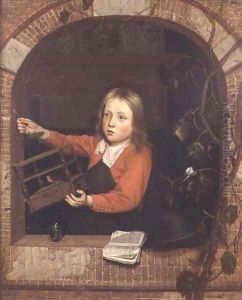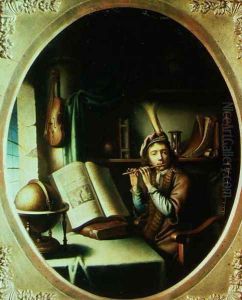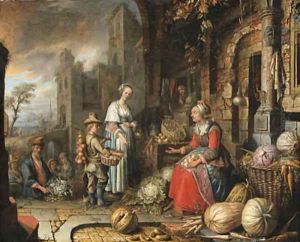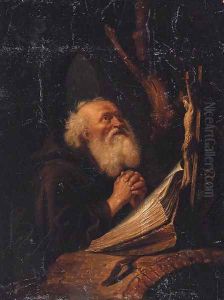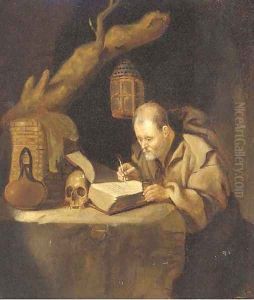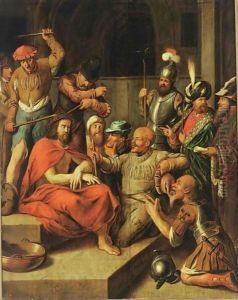Jan Adriansz van Staveren Paintings
Jan Adriansz van Staveren, a notable figure in the Dutch Golden Age of painting, was born in 1614 in Leiden, Netherlands. His life and career were emblematic of the era's flourishing artistic scene, characterized by a remarkable diversity of genres, innovative techniques, and a deep interest in both domestic and exotic subjects. Van Staveren's body of work, though not as widely recognized today as some of his contemporaries, remains a significant contribution to the period's artistic legacy.
Educated in the bustling artistic environment of Leiden, van Staveren was part of a vibrant community of artists. The city was known for its university and its thriving intellectual and cultural life, which attracted students and artists from across Europe. It was within this stimulating environment that van Staveren honed his skills, influenced by the works of other Dutch masters such as Rembrandt van Rijn, who was also active in Leiden during the early part of his career.
Van Staveren's oeuvre mainly consists of genre scenes, portraits, and religious subjects, showcasing his versatility and adeptness in handling different themes and compositions. His genre scenes, in particular, capture the everyday life of his time with a keen eye for detail and a profound sense of humanity, reflecting the Dutch Golden Age's interest in realism and the depiction of ordinary life.
Despite his talent and the quality of his work, Jan Adriansz van Staveren did not achieve the same level of fame as some of his contemporaries. However, his paintings are appreciated for their craftsmanship, attention to detail, and the insight they offer into the society of his time. After a productive career, van Staveren died in 1668 in his hometown of Leiden. Today, his works can be found in various museums and collections, where they continue to be studied and admired for their contribution to the rich tapestry of Dutch Golden Age painting.
